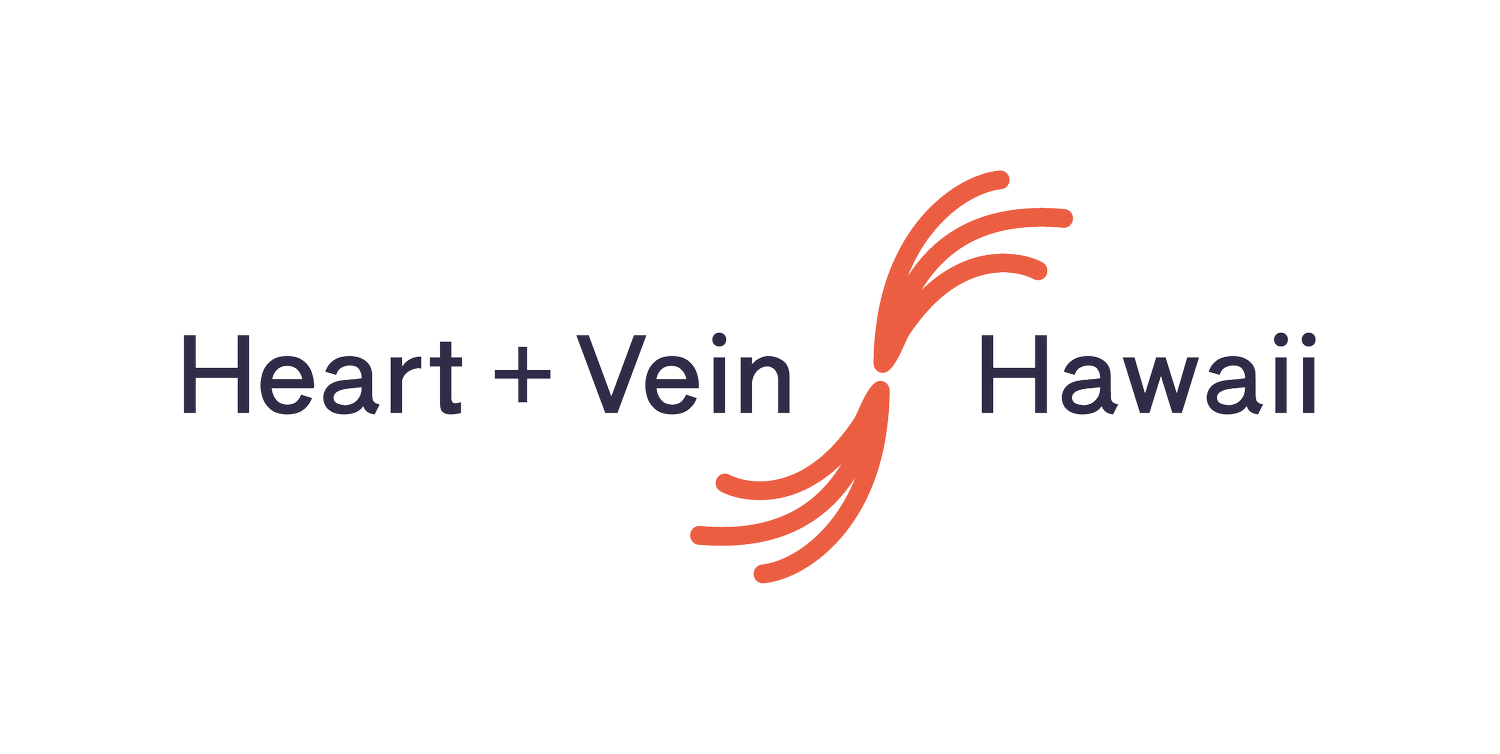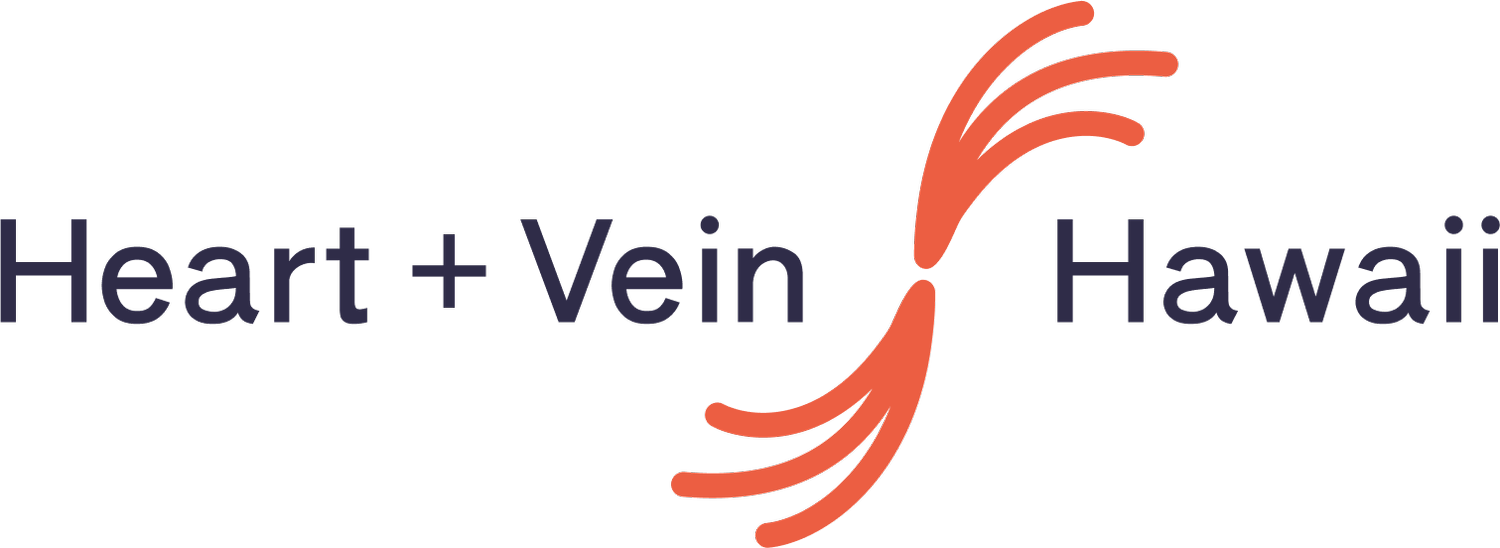
Vein Conditions
People often overlook common symptoms of venous insufficiency, which affects almost 55% of the population. Venous diseases can range from painful to unsightly. At Heart and Vein Hawaii we want to educate patients about the various conditions and treatment options available.
Varicose and Spider Vein Overview
Heart and Vein Hawaii’s state-of-the-art vein center offers a variety of vein treatments to address all vein and circulation issues. We provide treatment for both simple and highly complex venous disorders including spider veins, varicose veins, hand veins, facial spider veins and prominent breast veins.
Our main objective is to offer virtually painless treatments without compromising our patient’s lifestyles. We do this through giving focused, individualized and comprehensive care that is effective and seamlessly integrated into your everyday activities.
Vein Anatomy
Considering vein treatment?
The starting point is to understand how they work. Veins in the legs return blood that needs oxygen back to the heart, where it can then recirculate throughout the body and dispense oxygen to the tissues. There are three sets of veins that compose the leg’s circulatory system:
Deep veins - at the center of your leg and are the main pathway for blood to return to the heart
Superficial veins - on the surface of leg muscles, right under the skin
Perforator veins - connect the deep and superficial veins
What causes spider and varicose veins?
The root cause is usually a damaged or weakened valve within the vein that causes blood to pool in the legs. Veins can become weak over time because the blood coming from our lower extremities must work against gravity to return to the heart, and sometimes blood that is supposed to go to the heart leaks downward into the veins. Over time, this leaked blood forms varicose veins and spider veins.
Up to 55% of women and 45% of men suffer from some type of venous disease. Many factors can raise your predisposition to varicose and spider veins, including genetics, body type and pregnancy. It’s important to remember that we can prevent the onset of spider and varicose veins by being active and taking care of our bodies.
Common symptoms of venous disease
Itching
Burning
Leg swelling
Skin ulcerations
Mild to unbearable pain
Tingling
Pain subsides when legs are elevated

